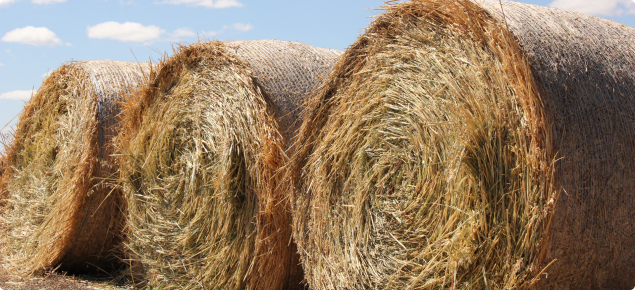Paddock selection
Select soils with at least 50 centimetre (cm) of suitable root zone (freely drained, without hardpans or surface crusting). Oats have the reputation of tolerating poorer soils than wheat but the best crops are grown on the better soils. Oats are considered less suited to heavier clay soils than wheat or barley but the application of gypsum in such situations can improve yields. Waterlogging will severely reduce yield and quality so these areas should be sown earlier to reduce the detrimental effects. Oats can be grown in frost risk areas with yield losses being much lower than wheat.
For more information see Oats: paddock selection.
Rotation
Legume based pastures and crops provide more nitrogen, which increases grain yield and protein percentage. Lower levels of applied nitrogen are needed following a good legume rotation.
Control of grasses
Pasture manipulation or spraytopping in the previous pasture. Control in the preceding grain legume is essential to reduce root diseases and allow early sowing. This is more important than for other cereals as chemical options for weed control in the oat crop are limited. Weed competition in the crop will reduce yield and grain quality. Plan to avoid inducing herbicide resistance in grasses.
Nutrition
Soil tests for phosphorus, potassium and pH can be used to help determine fertiliser requirements. Ensure phosphorus levels are adequate to reduce the risk of screenings.
Fertiliser
Use phosphate and potassium fertilisers where indicated by soil test and trace elements as indicated by previous tissue tests. Fertiliser rates should be determined by using local recommendations based on budgeted yields and paddock histories. Nitrogen fertilisers can be applied with equal effectiveness at sowing (separated from the seed) or up to 6-8 weeks after sowing in most areas.



